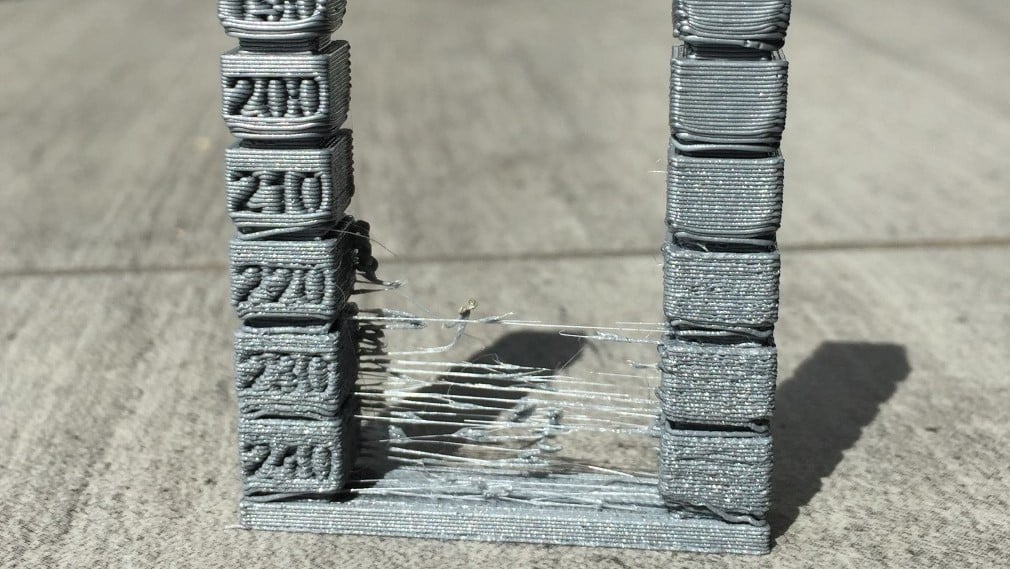You calibrate your steps per mm on your extruder every new roll of filament? The only time I'll ever touch that if I replace parts on the extruder. All stepper steps/mm really should be static values that don't change.
I also never touch flow rate from roll to roll either, unless I notice an issue. Unless you are buying ultra high end filament, the entire roll of filament won't be consistent anyways. So the part you are measuring and adjusting flow could be substantially different.
For each filament type (not brand), I'll do my best to calibrate flow via an empty box w/ 2 walls then measure and adjust flow rate to compensate. But unless you are using high end calipers like Mitutoyo, you won't get the exact repeatability anyways to get this really exact anyways IMO.
Yep, and it varies widely from one roll to another (5mm+ one way or the other out of 100mm is typical). Same goes for XYZ axis calibration on a cube but that at least is fairly static from one roll to another once you've dialed it in. That really is the standard calibration process recommended by everybody who talks about calibrating an ender 3.
This particular test spit out an average of around .53 vice the .4 that it's supposed to be.... I'm a little bit dubious though as I suspect dropping the flow rate down to 75% will result in some pretty obvious under-extrusion.
I'll give it a shot, but in the writeup for the cal he does also suggest that this particular calculation isn't written in stone and that observed print results WRT over/under extruding should ultimately rule the day.

